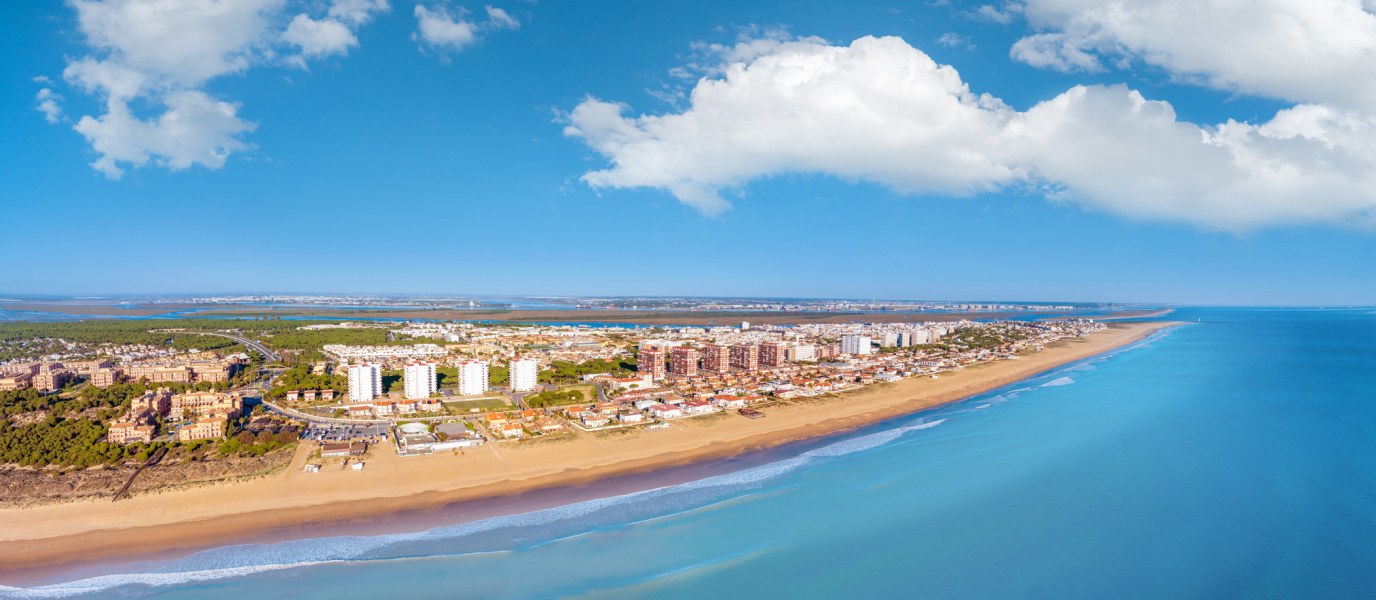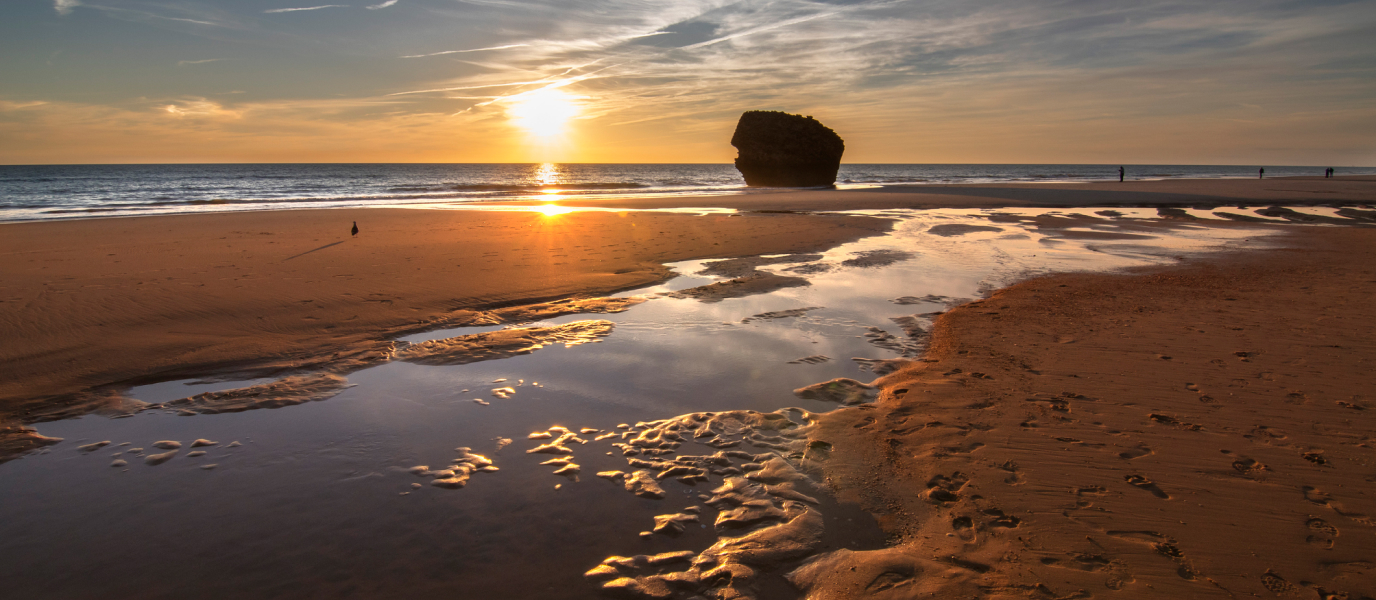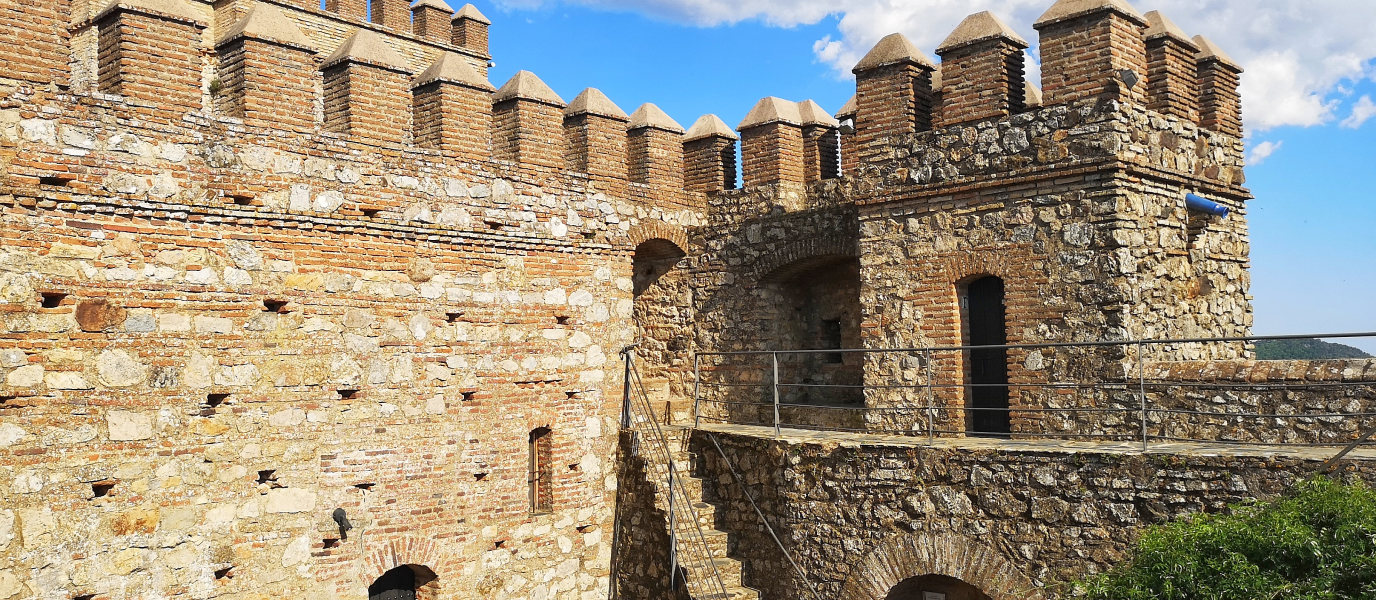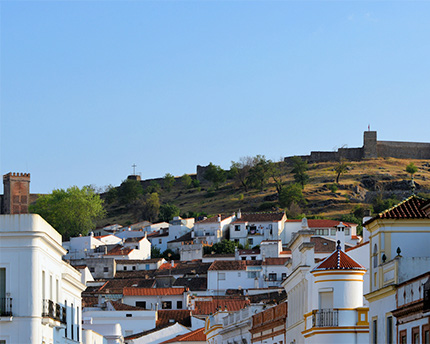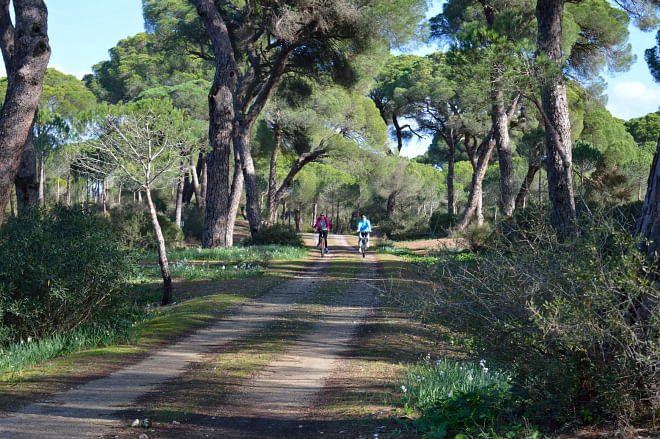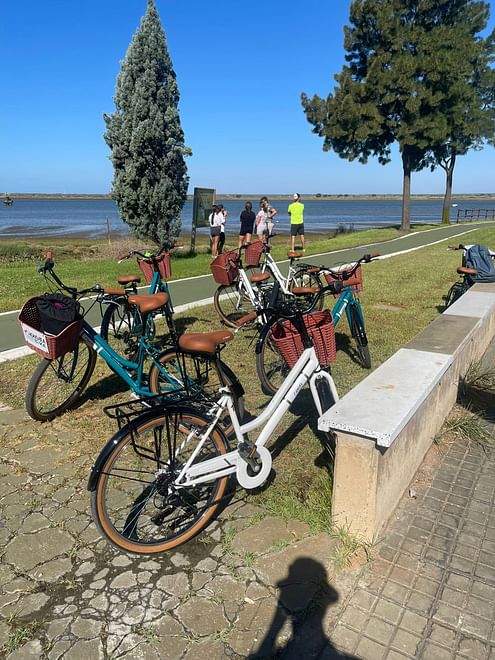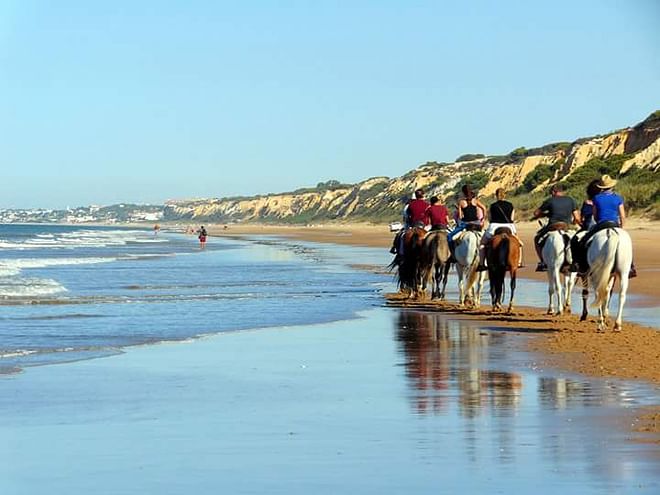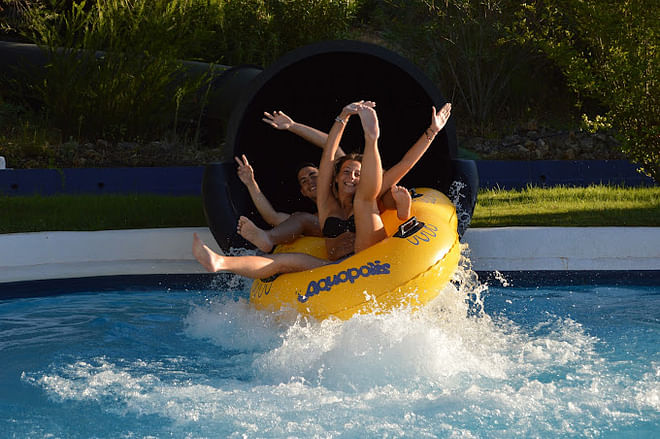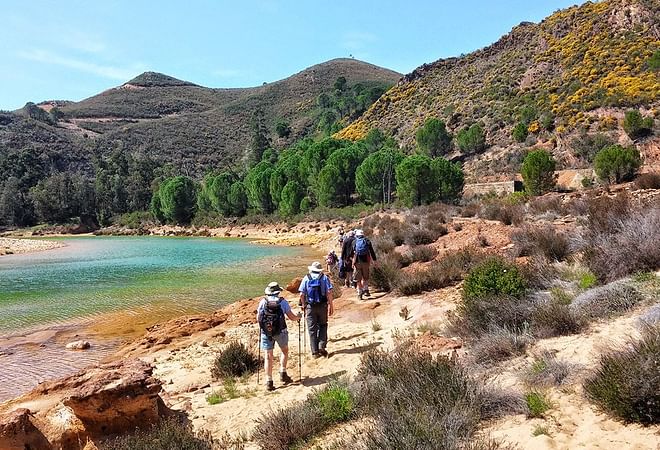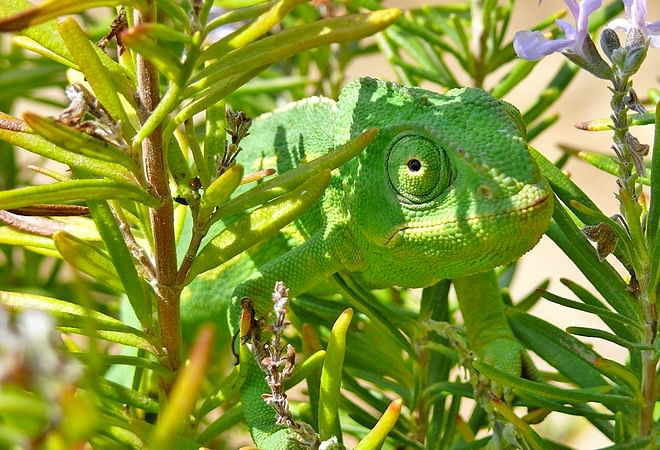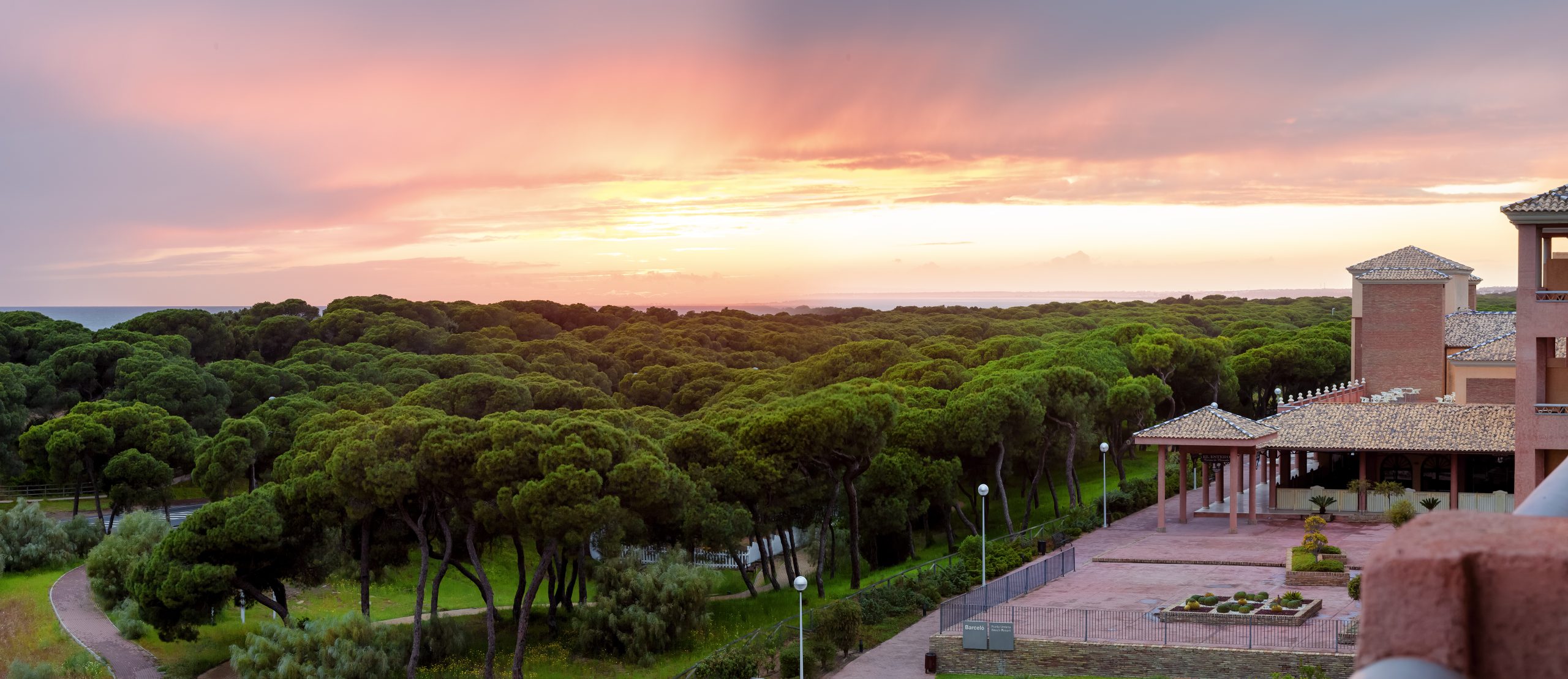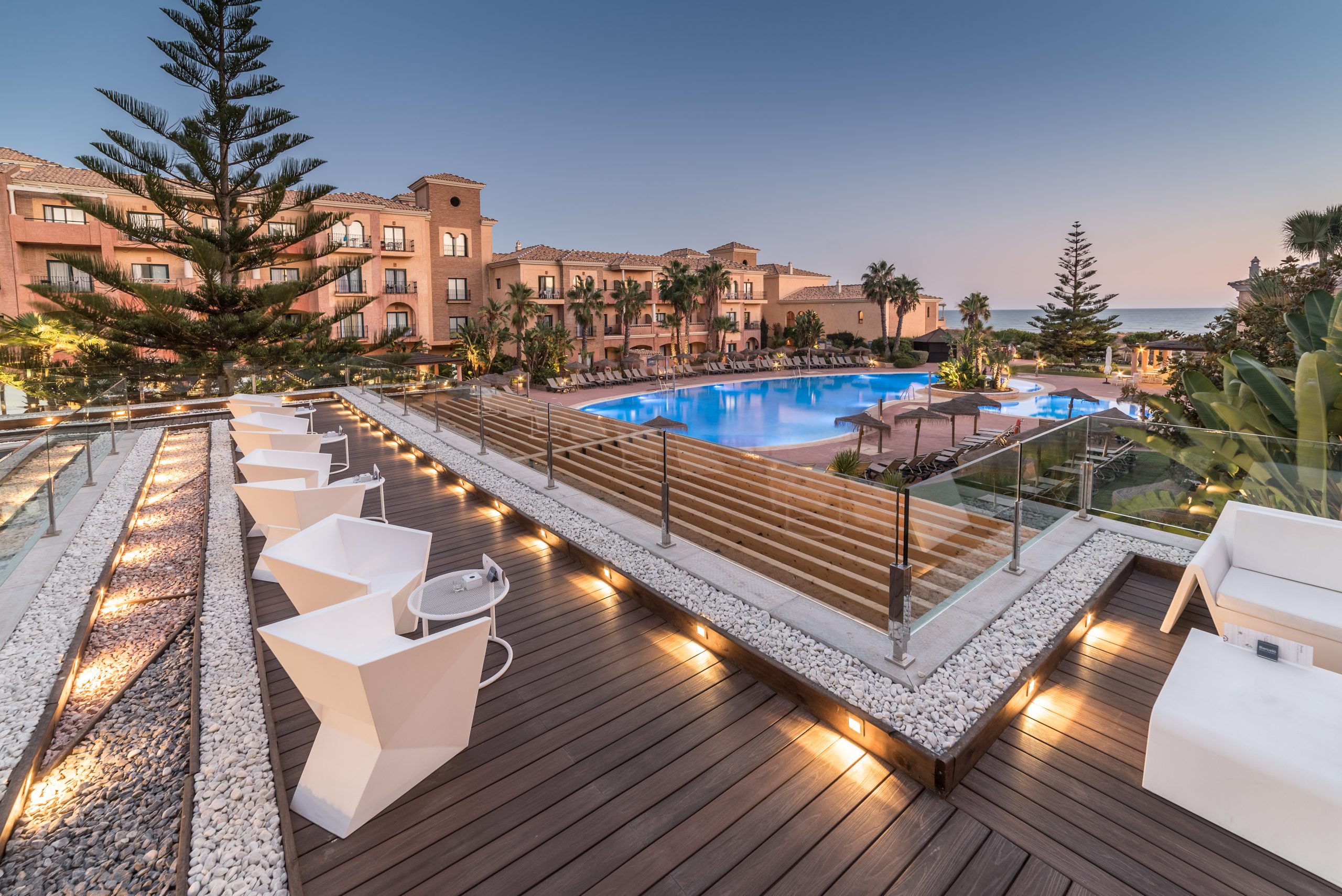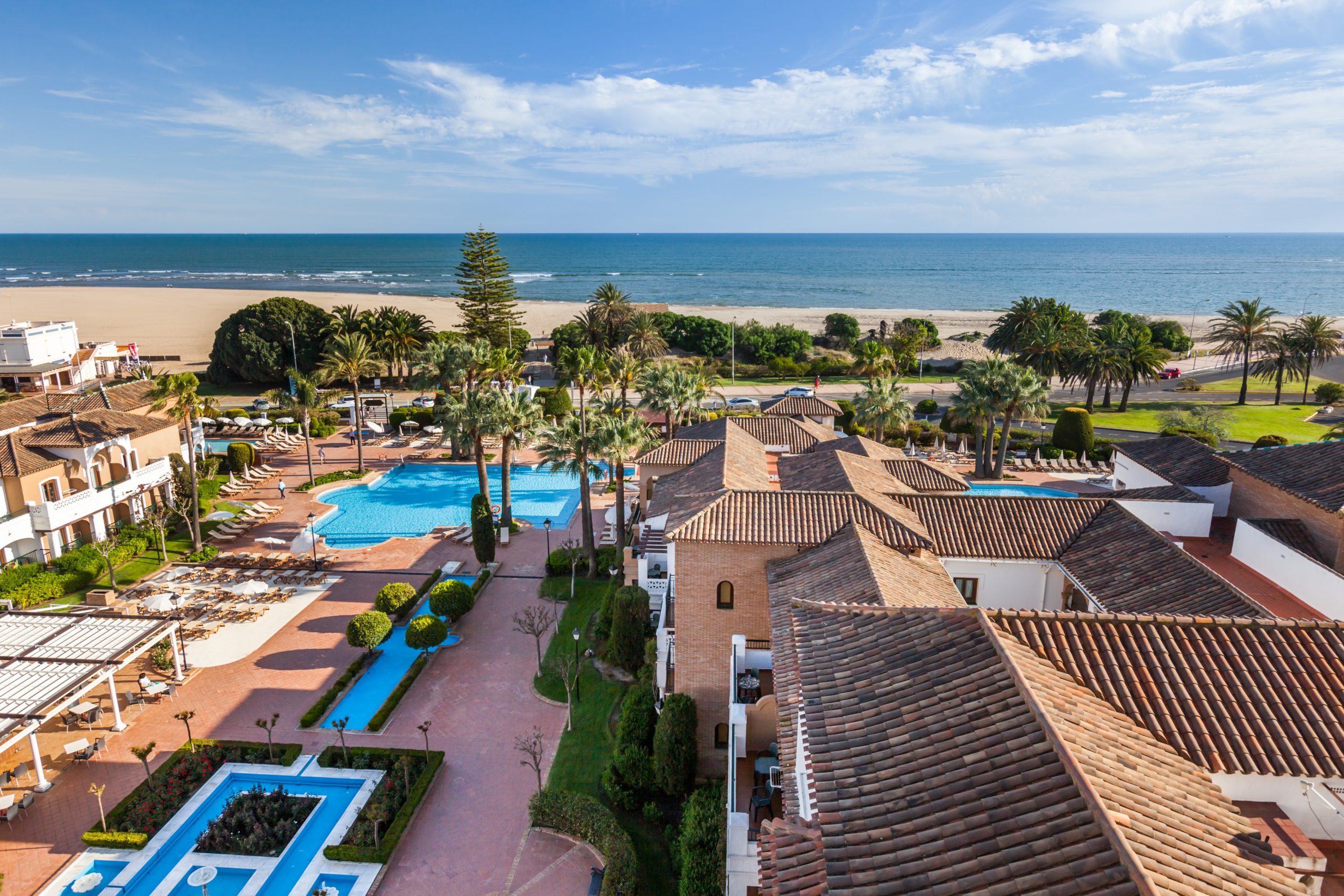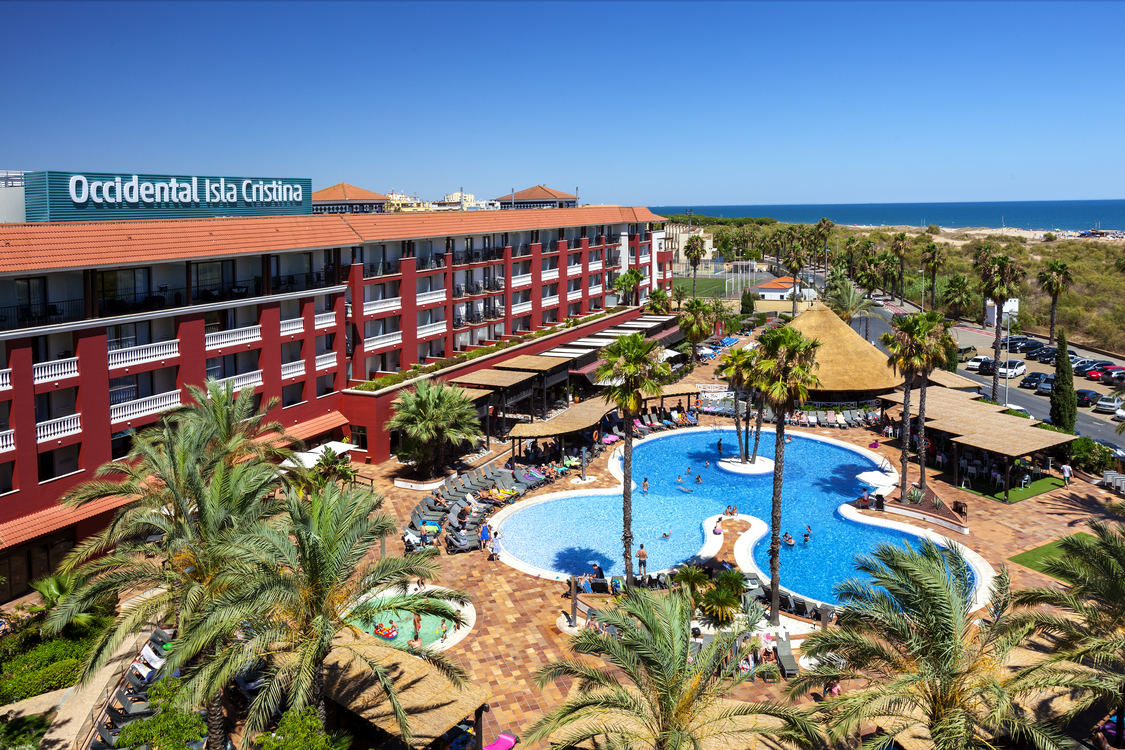Due to its prestigious location on the Guadiana River, Ayamonte is one of the most important cities in the province of Huelva. The city is home to 21,000 inhabitants and it´s a popular destination for those who want to enjoy some time in this part of Iberia where Spain meets both Portugal and the Atlantic. The municipality of Ayamonte also includes Isla Canela and its celebrated beaches.
Ayamonte shares the Guadiana estuary and its surrounding ecologically diverse wetlands with Portugal. There are a great many things to do in this part of the world, so read on for a list of the sights that will give you a true feel for this beautiful part of Andalusia.
The must-sees
The Old Town of Ayamonte
To understand the essence of this beautiful town, it is best to take a walk through the historic centre and see the white-washed houses of the wealthy owners, who made their money from the transatlantic voyages. While there, be sure to visit the monuments and enjoy the unique buildings that are irregularly dotted about the town. All the while, you’ll be able to feel the breeze coming off the Atlantic Ocean and hear the Guadiana as it flows on by. The centre also holds a number of baroque churches, a shopping centre, a marina and access to the 7 kilometres of beaches.
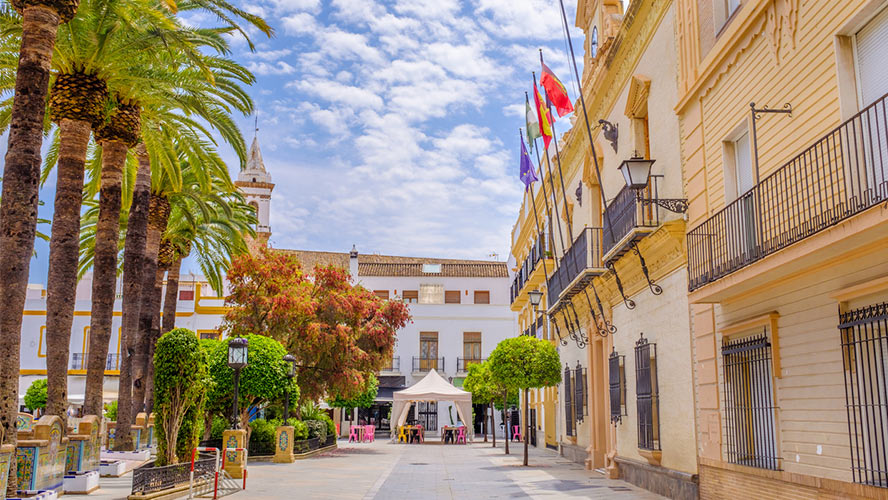
Make sure to stop in the Plaza de la Laguna, where you’ll be able to see the strong link that this town has to Columbus’ voyages of discovery. In the square, you’ll find the town hall and the tiles that make up a reproduction of Sorolla’s famous painting ‘La pesca de los atunes’. The Valencian artist painted the original masterpiece, which shows fishermen catching tuna in the bay, after being inspired by the sights and sounds of Huelva.
Iglesia del Salvador
The Church of the Divine Saviour in Ayamonte is located next to the town’s castle and parador, and it is definitely worth a visit. The church is built in a Mudéjar style with a curious but beautiful bell tower. Inside the church, you’ll find an 18th-century altarpiece that represents the Immaculate Conception and also, the image of the Saviour.
Iglesia de las Angustias
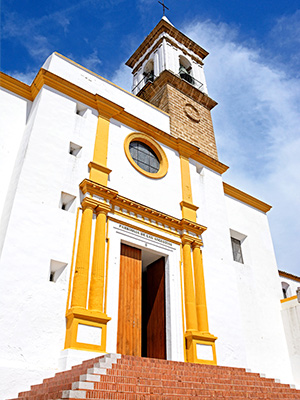
Another interesting religious site in Huelva is the church to Our Lady of Anguish. Constructed in the 16th century, this church, which was built beside the Guadiana River, houses the image of the Virgin of Anguish who became the patron saint of the town in the same century. According to legend, the madonna was discovered in the middle of the river and this sight caused a fight to break out between the Spanish and Portuguese over her, until they agreed to share the holy image. However, every time people try and move the statue to the neighbouring country, a mighty swell bubbles and boils in the sea, which makes it impossible to move the holy image safely. Because of this, people believe that the virgin should remain safely housed in Ayamonte.
Plaza de la Coronación
While visiting the city, it is also well worth taking a stroll to Coronation Square and see the beautiful hexagonal fountain that is decorated in tiles that show typical scenes of Andalusian life and other figures. This square also has a number of bars and restaurants where you can relax and watch the world go by. The square also provides access to Paseo de la Ribera, which is a promenade that runs along the Guadiana shoreline to Ayamonte’s marina.
The Guadiana International Bridge
The Guadiana International Bridge connects Spain with Portugal and, with its length of 666 m, is one of the longest bridges in Spain and the third longest in Portugal. This suspension bridge, which is divided into 5 subsections, was constructed in 1991 by a Spanish-Portuguese consortium that united the countries from the estuary in Ayamonte to the Portuguese town of Castro Marim.
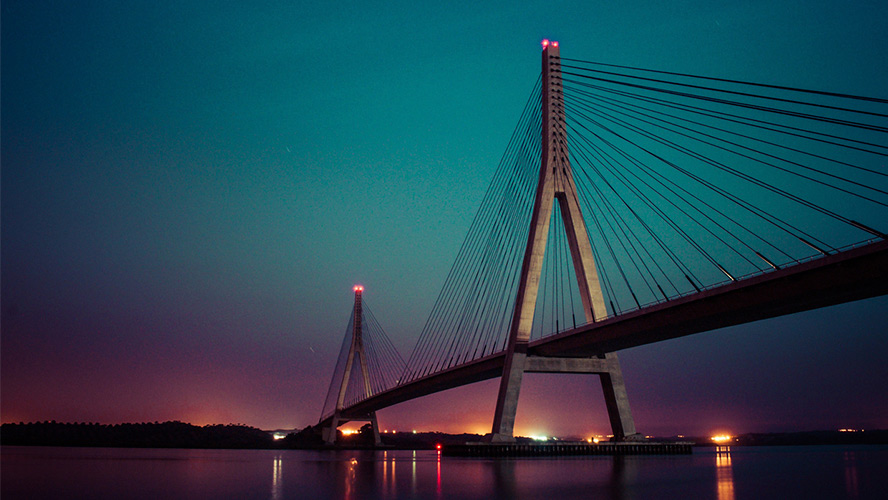
Palacio del Marqués de Ayamonte
In San Francisco Square, you’ll come across the monumental Palace of the Marquis de Ayamonte. This 17th century palace served as the official residence for the marquises of Ayamonte, who were nobles that did important patronage work in the city and contributed to the construction of the Franciscan monastery and the Church of San Francisco. Today, the palace is the location for the workshop of the local painter, Francisco Aguilera, and so you may only visit by booking beforehand (Tel. 959 470 838).
Iglesia de San Francisco
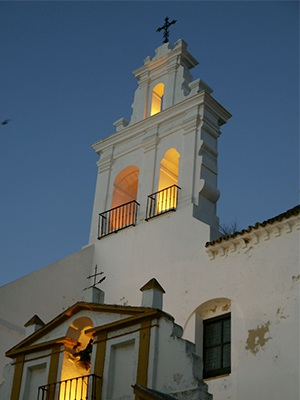
The Marquis de Ayamonte contributed a great deal to the city and this can be seen in the wonderful church of San Francisco, which still has the Marquis’s crest within its walls. The principal nave of the church has a stunningly ornate, coffered ceiling, which is definitely one of the best examples in the region. Like many churches in the area, this too is in the Mudéjar style, with its geometric design and the clear Islamic influences. Inside the church, you’ll find an image of the Resurrection, which is believed to have been created by Juan de Mesa. Unfortunately, only the head remains and this can be found in the Museum of the Brotherhood of Solitude, which is attached to the church.
Ayamonte’s Seaport and the Mouth of the Guadiana River
To gain a greater understanding of the town, you need to take a walk through its sea port. It is located close to the mouth of the Guadiana River, between the two stunning squares; Plaza de España and Plaza de la Coronacion. The port itself has quite a calming air and is perfect if you want to relax. Visiting towards the end of the day will give you the opportunity to get some picture perfect images, as the light falls beautifully on the port. There are 317 moorings at the port and the blue flag flies proudly overhead.
Ayamonte’s Old Zoo
Another site that is worthy of visit is the public park that is located on the site of the old zoo. The zoo used to be home to a number of animals, from lions and tigers to monkey, zebras and bears. Today, the zoo is empty, with the last of the animals moved to Barcelona in 2019, where they enjoy a greater degree of freedom in the Wild Forest Reserve.
Where to Eat in Ayamonte
There are plenty of options in the region of Huelva when it comes to trying out some of local cuisine (Link: Cuisine in Huelva). You can try out some of the local tapas at places like La Ribera Mesón de Tapas or Meraki Tapas, or enjoy yourself at one of the many restaurants that are in Ayamonte.
Some of the more elegant restaurants are, Timanfaya (Plaza de la Lota, 4), Grand Salon (Avenida de la Republic, 171) and Don Jamón (Plaza de la Lota, 11). For a more traditional feel, you could try out, La Pamela (Avenida de la Palmera, 4) or the Minutero Restaurant (Paseo del Pinillo, 16D). If you are looking for an informal restaurant, then we recommend places like, El Paladar (Plaza de la Lota, 6) or La Tapería (Cristóbal Colón, 14).
Wherever you decide to eat in Ayamonte, it will definitely be a gratifying experience.
What to See in the Area around Ayamonte.
Very close to Ayamonte, you’ll find two well-known, tourist enclaves; Isla Cristina and Isla Canela. Both places have kilometres of fine, sandy beaches and wetlands which are home to a multitude of migratory birds. Both places are extremely popular with tourists, especially during the summer months.
Isla Cristina
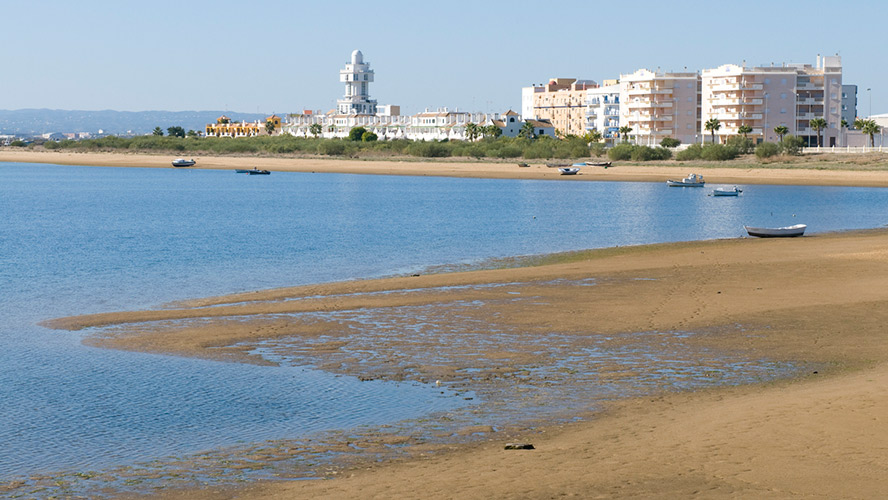
Isla Cristina has a number of bird-watching stations that look out over the marshes which includes a great viewpoint in the Marismas de Isla Cristina Natural Park. The island also has a neo-Mudéjar church, a carnival museum, and a museum dedicated to the ecosystem of the marshes. Additionally, you can take a look at the modernist-style buildings, the most famous of which is the Casa de Gildita.
Isla Canela
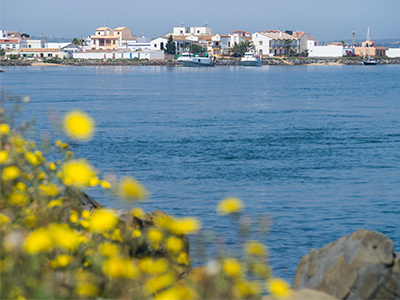
Apart from the wonderful beach on Isla Canela, you can also enjoy its two historic monuments. The first of which is the Roman Mausoleum of Punta del Moral, which dates back to the 4th century A.D. and was only found in 1986. The second monument is the 16th century tower of Isla Canela, which was constructed by King Phillip II of Spain in order to defend the Atlantic coast and repel Turkish raiders.
Where to Stay in Ayamonte
If you want to make the most of the attractions on offer in Ayamonte, then you should definitely stay in one of the hotels that you will find in its immediate surroundings. Without a doubt, the two most interesting hotels are Hotel Barceló Isla Canela (Paseo de los Gavilanes) and Hotel Occidental Isla Cristina (Calle Doctor Delgado Carrasco). The former is an exquisitely designed hotel in the traditional style of the Andalusian villages. It is also in a prime location, as it is situated on the beach front and you are sure to be tempted onto the golden sands at every opportunity. The latter has all the services and facilities necessary for an unforgettable holiday. There, you’ll be able to enjoy the golf clubs, paddle tennis courts and the swimming pools.





























































